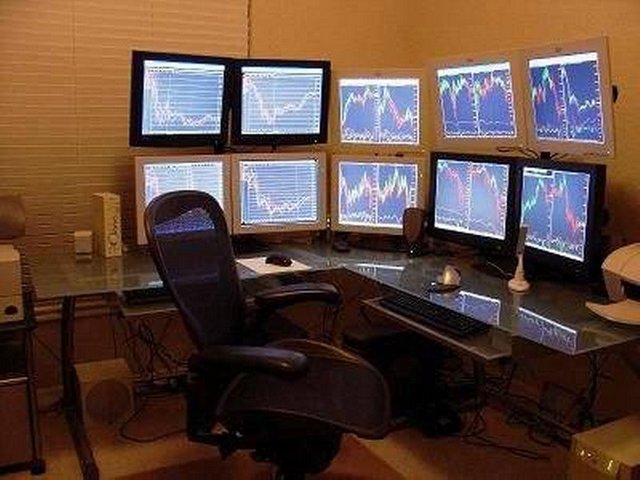4 General Strategies For Active Trading Actors

Trading Active (active trading) is an act of buying and selling trading instruments at a relatively short time in order to benefit from short-term price movements. The mentality of traders using active trading strategies, presumably distinguishes them from long-term strategies. The strategy requires a mentality that shows that long-term price movements can outperform price movements in the short run. In short, short-term movements are usually ignored.
Active Trading Strategy
Instead, the trader actively believes in the short-term movement aspect and captures market trends while looking to make a profit. There are many methods used to run an active trading strategy, and each one deals with the exact market conditions and the risks inherent in that strategy. To discuss this further, here we are posting about the four most common types of active trading. Congratulations.
1.Trading Daily
Daily trading (day trading) seems to be one of the most popular active trading styles, often even considered the literal meaning of active trading itself. Daily trading, as the name implies, is the method of buying and selling on the same day. The position of the transaction closes on the same day as the buying moment. Traditionally, daily trading is done by professional traders, such as specialists or market makers. Nevertheless, the online trading system has now opened up opportunities for beginner traders to practice daily trading practices.
2.Trading Position
Some people think that position trading is a buy and hold strategy, and not an active trading. However, currently performed by experienced traders, trading positions can be an active trading. Trading positions themselves use graphics with longer timeframes (usually from daily to monthly). Surely this is combined with other methods to determine the point of trend and direction of the market at that time.
This type of transaction can last for several days to several weeks. In some cases, this can be done longer, depending on the price trend pattern. Trend traders usually try to determine the direction of the market, but they do not try to estimate any level of price. Generally, the trend of traders follow the trend after the condition can be said to be steady. When the trend stops, they usually get out of position. This means that in periods of high volatility markets, it is more difficult to make transactions with reference to trends, and normally traders will reduce their positions.
3.Trading Swing
When the trend stops, the swing trader will usually start playing. At the end of the trend, there will usually be price volatility in the market before a new trend is formed. This swing trader makes a purchase or sale when price volatility is occurring. Swing traders often create transaction formulas based on the results of technical or fundamental analysis. This transaction formula or algorithm is generally designed to identify when it should buy and sell the trading instruments that it holds. Although the swing trading algorithm is not only exact in predicting peaks or valleys of price movements, it does require a market that can be ascertained in the direction of its motion. Market conditions ranging or sideways are considered less profitable for swing traders.
4. Scalping
Scalping is one of the fastest strategies implemented by active traders. Scalping itself is a strategy to exploit various price gaps that occur due to bid / ask and order flows. This strategy generally works by making a spread or buying at the bid price and selling in the ask price to get the difference between the two price points. The scalpers try to hold their positions in a short tempo, while reducing the risks associated with all of these strategies.